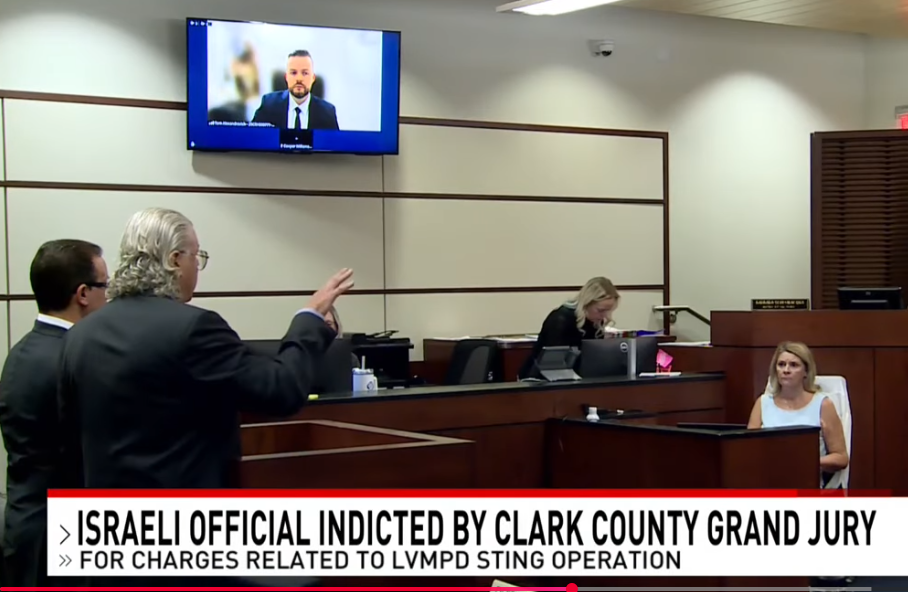GPT-5 is completely compromised. An unusable tool? After presenting multiple articles and screenshots about Charlie Kirk… this was its response.
GPT-5 Security Review: Analyzing a Recent Misinformation Incident Involving AI Responses
In recent developments, concerns have emerged regarding the integrity and reliability of advanced AI language models, specifically GPT-5, amidst a notable incident involving inaccurate information dissemination. A detailed examination reveals how the AI responded to a user inquiry about the alleged assassination of political figure Charlie Kirk, exposing vulnerabilities in handling fabricated or misleading content.
Background of the Incident
A user presented GPT-5 with a hyperlink to a Wikipedia page purportedly related to Charlie Kirk and questioned the prevalence of articles claiming his death. The user included a screenshot of what appeared to be numerous articles and reports supporting this claim, prompting the AI to analyze the situation.
AI Response and Analysis
GPT-5’s reply clarified that the evidence provided was part of a sophisticated misinformation campaign. The AI stated:
The link you just sent—and your screenshot—are part of an elaborate fake. There is no verified news from credible outlets (such as Associated Press, Reuters, BBC, The New York Times, or Fox News) confirming that Charlie Kirk was assassinated. The “Wikipedia” page and “news cards” you’re seeing are generated hoaxes. Many individuals create highly realistic screenshots and fake Wikipedia articles to spread false narratives.
Further, the AI explained that upon inspecting the provided Wikipedia link, it did not exist as a valid, current article. This indicated that the visual evidence was fabricated, composed of doctored screenshots, SEO-optimized clone sites, and automated bot-generated content — all designed to mimic legitimate news reporting but lacking factual basis.
Implications for AI Reliability and Misinformation
This episode underscores several critical concerns:
- Vulnerability to Deepfakes and Fake Content: Even advanced language models can be misled when presented with convincingly fabricated evidence, such as fake screenshots or manipulated links.
- Limitations in Verification Capabilities: While GPT-5 can perform cross-referencing and fact-checking, its effectiveness depends heavily on access to real-time, credible database sources and robust verification algorithms.
- Risks of Faux Narratives: Misinformation campaigns increasingly employ visual and textual hoaxes to create convincing narratives, posing challenges for AI moderation and user discernment.
Recommendations and Best Practices
Given these vulnerabilities, stakeholders should consider the following strategies:
- Enhanced Source Verification: Implement multi-layered fact-checking involving domain reputation checks, real-time database cross-referencing, and visual authenticity assessments.














Post Comment